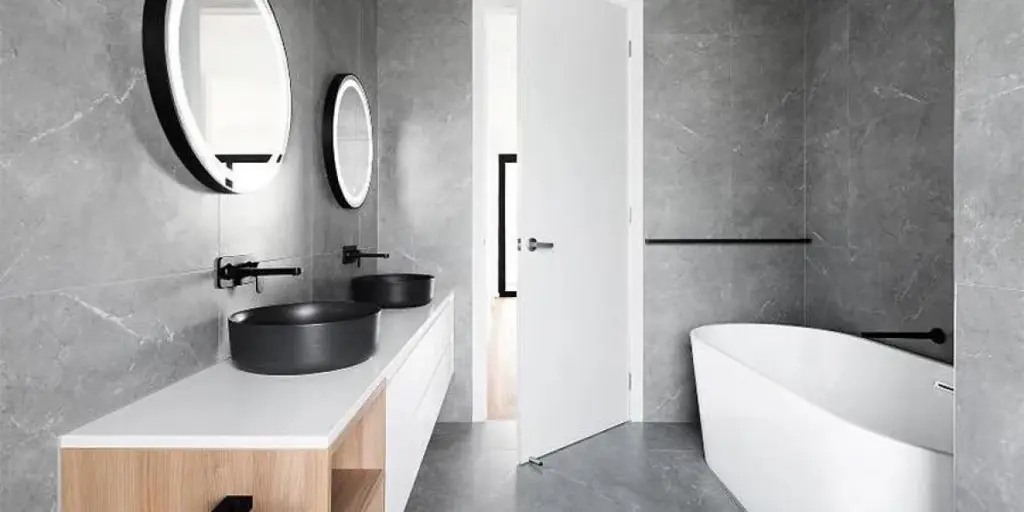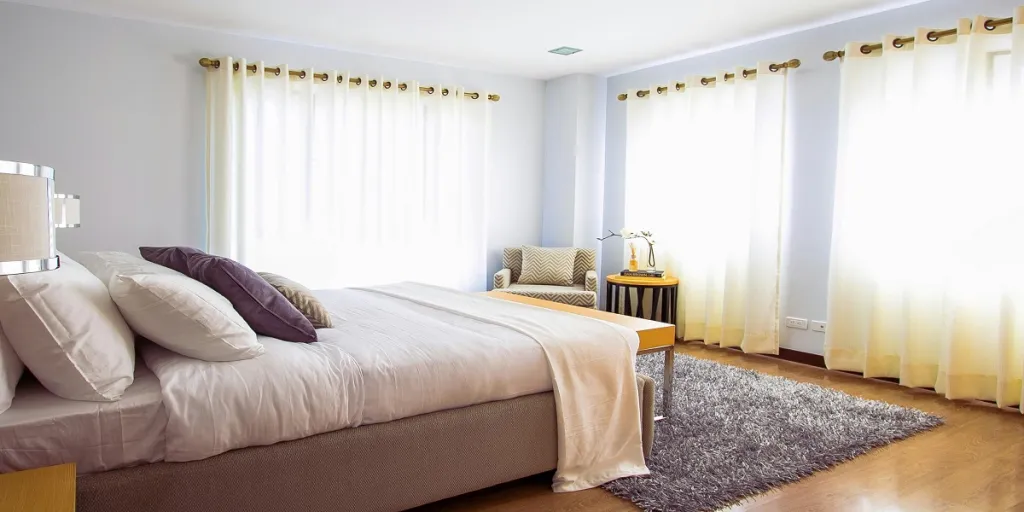Smart bathrooms offer exciting control and customization over the bathroom experience. Customers in the US and beyond will be looking to integrate technology into various bathroom fixtures. This article will highlight some of the latest smart bathroom trends for businesses to know.
Table of Contents
The growing demand for smart bathrooms
State-of-the-art smart bathroom trends in the US
Staying on top of trends in smart bathrooms
The growing demand for smart bathrooms
A smart bathroom is made up of fixtures that can be connected to the internet. These connected fixtures allow homeowners to adjust and personalize bathroom settings using their smartphones or voice control devices.
Globally, the smart bathroom market was valued at USD 3.0 billion in 2019 and is forecasted to grow at a compound annual growth rate (CAGR) of 10.5% from 2020 to 2027. While the commercial segment dominated the market with a share of 61.2% in 2019, the residential segment is expected to expand at a CAGR of 10.4% from 2020 to 2027.
North America owned a 40.2% share of the market in 2019. There were over 52.2 million smart homes in the US in 2021, and nearly 90% of Americans use their phones in the bathroom. This means that the US will be a particularly important region for businesses to focus on.
State-of-the-art smart bathroom trends in the US
Smart toilets
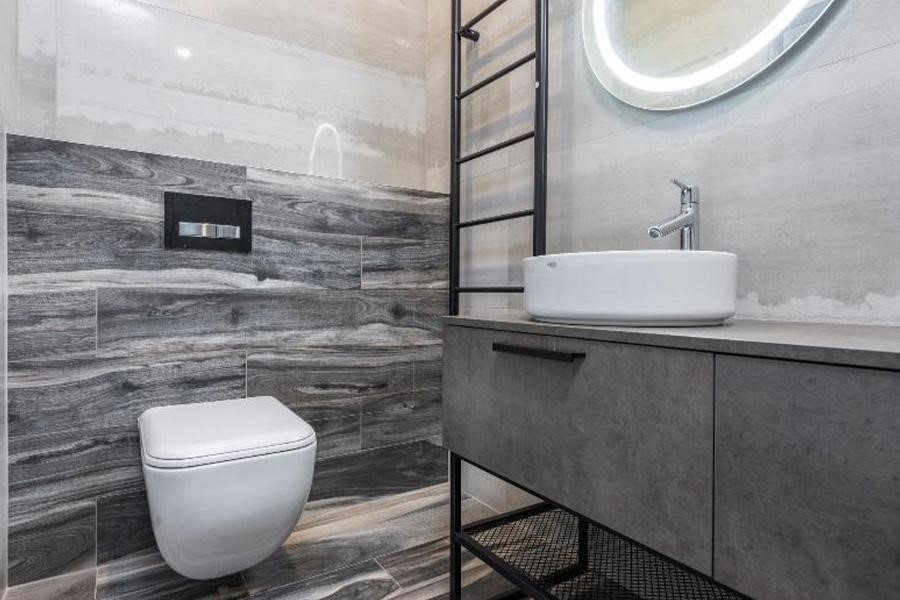
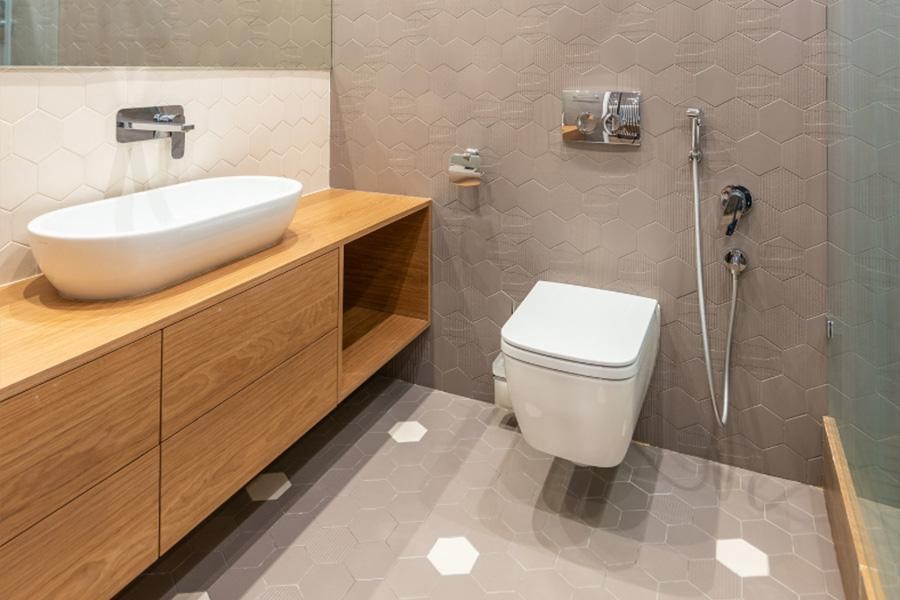
Toilets had a large 33.6% share of total revenue in the smart bathroom market in 2019. A survey conducted on Americans in 2020 found that smart toilets are the most wanted device when renovating a bathroom. Smart toilets are also widely used for public restrooms in shopping malls, office spaces, and cinemas.
Toilets with smart technology are often designed to be sleeker and more compact than traditional toilets. They come with self-cleaning functions and focus on hygiene through touch-free, motion-activated automatic lids and touchless digital controls for hands-free flushing.
Smart toilets can have added features such as seat warmers, water regulation, night lights, and Bluetooth speakers. Customers will also look for bidets that offer personalized settings for each family member.
Interactive mirrors
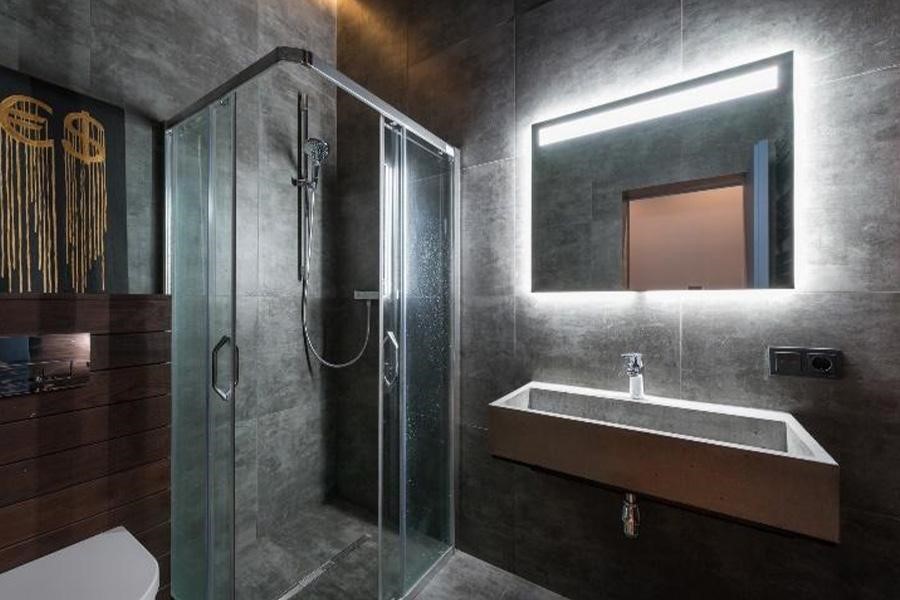
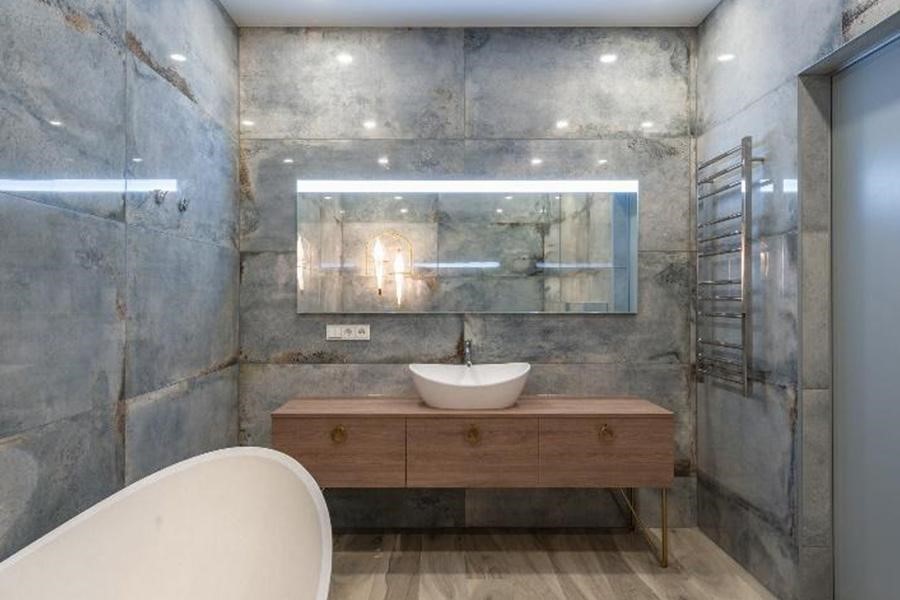
Interactive mirrors are bathroom mirrors that can make morning routines more convenient and efficient. They may come with built-in displays for time, calendar, traffic reports, or weather forecast. Customers with busy lives will also appreciate mirrors for bathroom vanities that are linked to other devices in the house so they can multitask without leaving the bathroom.
Customers may be intrigued by smart bathroom mirrors that they can ask questions using voice controls, for example to search for skincare or makeup recommendations. Cutting-edge mirrors will even come with skin analysis technology that can provide information on customers’ skin types and offer tips on how to address skin concerns.
Touchless faucets
As hygiene becomes more important, the touchless faucet segment is expected to grow at a CAGR of 10.9% from 2020 to 2027. Hands-free mixers & taps operate using integrated infrared sensors that detect the movement of hands.
Demand for touchless features is high in the commercial sector, but the residential sector is quickly adopting this technology in bathrooms. Automatic faucets will appeal to customers looking for a simple and affordable way to integrate some technology into their homes.
Smart faucets can come with efficiency sensors and temperature gauges to control water usage and preheat water based on specifications. This trend is also complemented by automatic soap dispensers, which can be built into the faucet or installed separately.
Shower technology
Shower technology is commonly used by eco-conscious customers who want to control the water flow rate and shower duration. Families with young children will be interested in thermostatic shower heads that can maintain a steady water temperature to prevent the shower from getting too hot and causing accidental burns.
To create a trendy, spa-like environment, many customers will also look for rain shower heads with features like personalized spray settings, sound speakers, and LED chromatherapy lights. Colors for LED lights can come in pre-set palettes or be customized by the customer using a mobile app for a truly unique experience.
Smart bathtubs
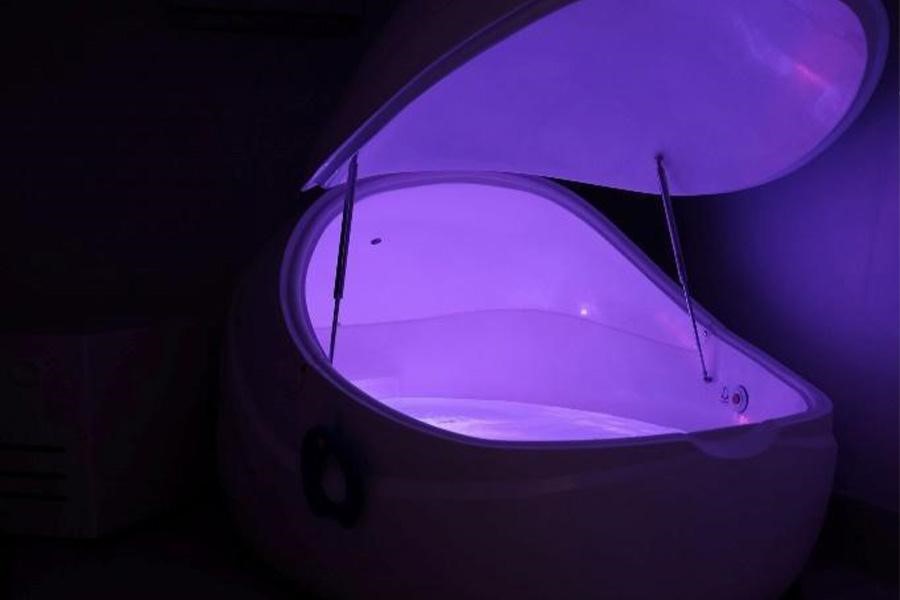
Smart bathtubs are generally designed as freestanding tubs that customers can fully submerge their body in. They are popular among customers seeking skin detoxification or relief from chronic pain.
These types of soaking tubs will come with features like chromatherapy lights, aromatherapy dispensers, audio systems, and fog machines. They can also include variable speed whirlpool pumps or airpool blowers and an inline heater to maintain consistent water temperature.
Customers who want even deeper muscle relaxation and stress relief will be interested in flotation tubs. Flotation tanks are lightproof and soundproof tubs filled with Epsom salt water so that bathers can float in them. These float tanks are frequently enhanced with massage jets and are designed to facilitate sensory deprivation and meditation.
Adjustable privacy glass
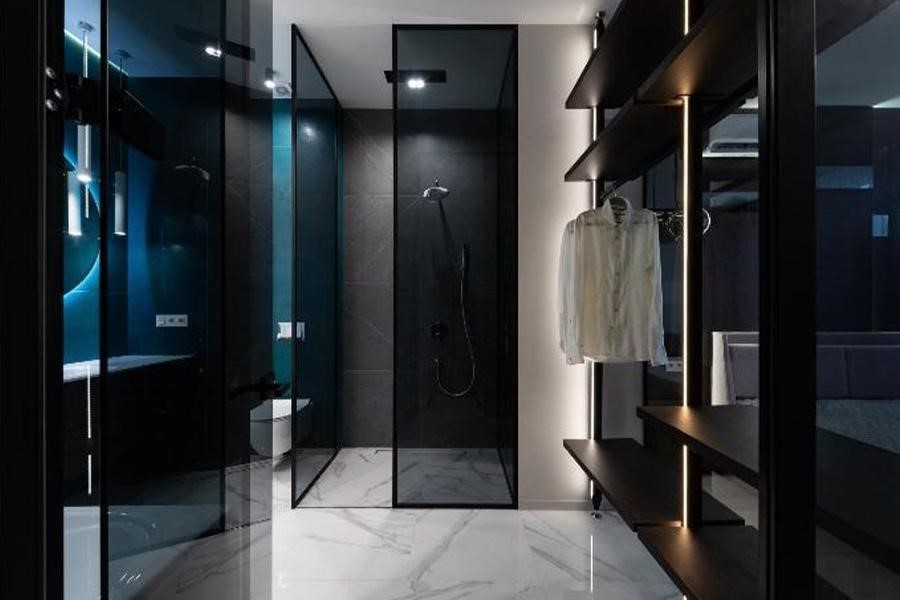
Adjustable privacy glass is a type of window that can switch between transparent and opaque using electro-chromatic technology. The glass can remain frosted when privacy is needed or turned to clear glass when natural light is desired.
Intelligent glass is commonly used for shower enclosures or bathroom windows, and can be controlled by switch, mobile device, or voice command. Smart glass that can double as a high-definition projector screen when opaque will also appeal to customers who want to watch TV shows or news while in the bathtub. Cutting-edge switchable glass can even come with a black tint that offers a darker blackout for complete privacy.
Temperature control and heating
Smart thermostats can be used in bathrooms to remotely adjust temperature and analyze preferences over time. They can detect when the homeowner is in the bathroom and can help maximize energy efficiency by adjusting cooling and heating accordingly.
Floor heating systems are also popular. Heated floors use thermal radiation from electric mats, rolls, or cables fitted underneath flooring to generate heat at a controlled temperature. These systems appeal to customers who find bathroom floors too cold in the winter or who want to replace their traditional radiators with space-saving alternatives in small spaces.
Staying on top of trends in smart bathrooms
Smart products are a megatrend for global sourcing and customers are seeking out high-tech bathroom products for benefits such as convenience, safety, reduced waste, and hygiene. A focus on health and wellness is driving the demand for products like smart toilets, faucets, showers, and bathtubs. For convenience and comfort, interactive bath mirrors, adjustable privacy glass, or temperature control and heating will be a popular choice for home renovations.
The smart bathroom market is highly competitive, with major companies focused on expanding their product lines and staying up to date on innovative technologies. The industry is moving towards fully connected bathrooms where all fixtures are integrated with each other and linked to a larger network within the home. To keep up with competitors and be successful in this market, businesses must stay informed about trends and developments in the industry.
